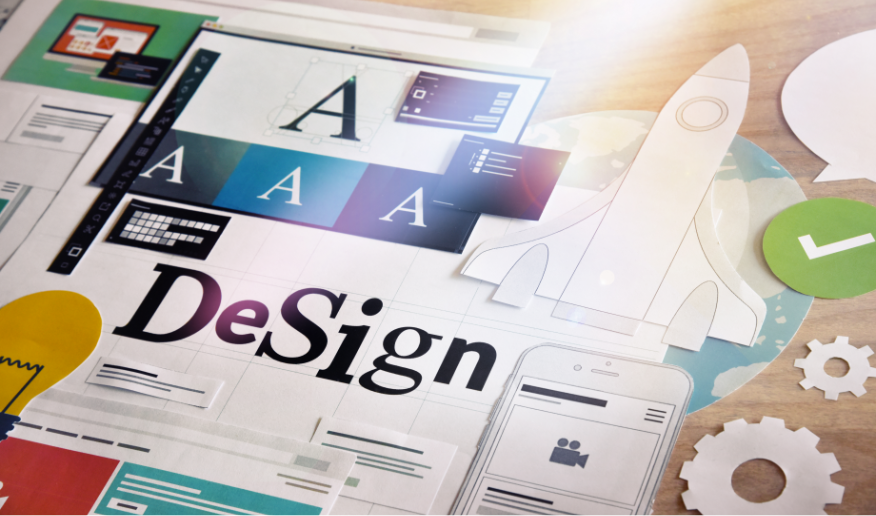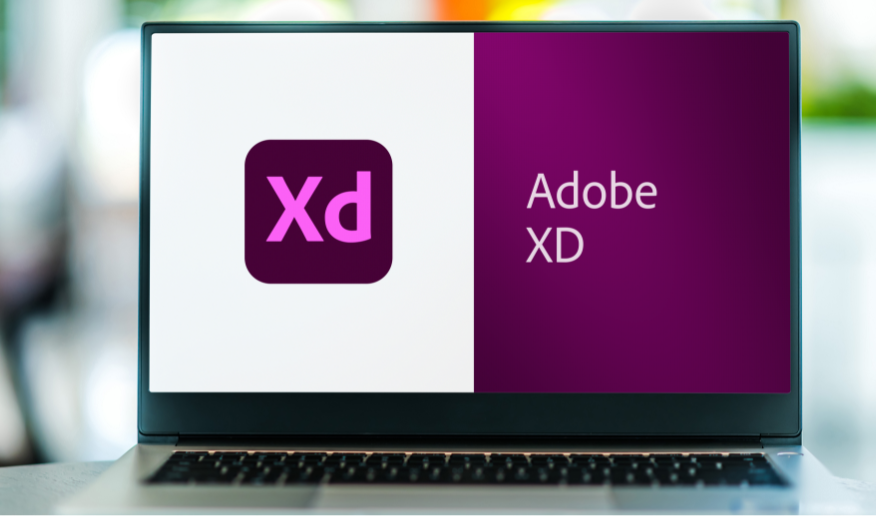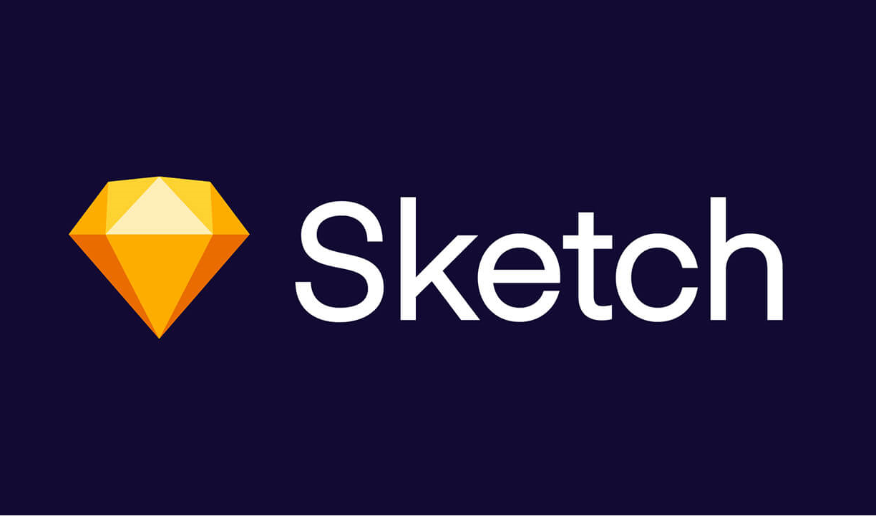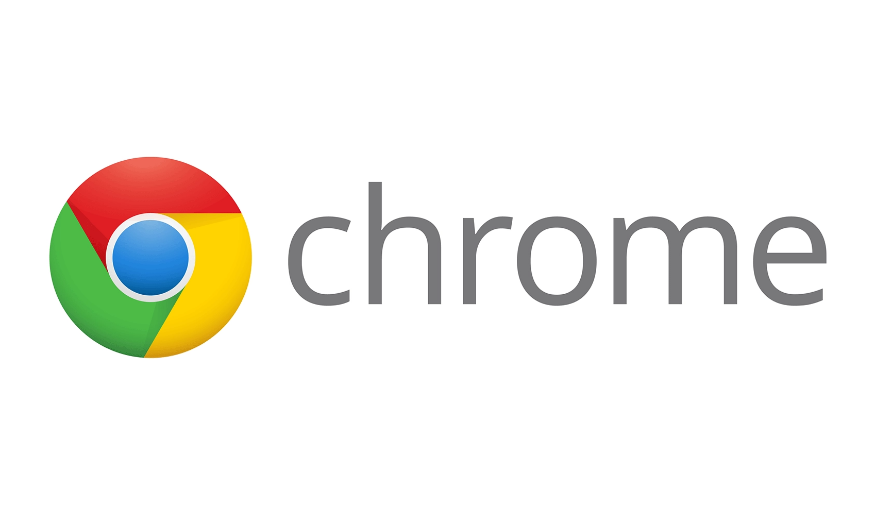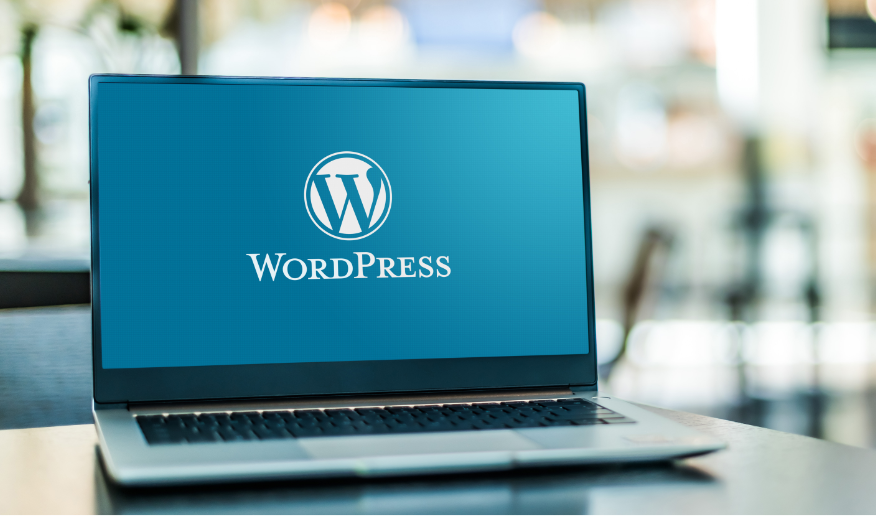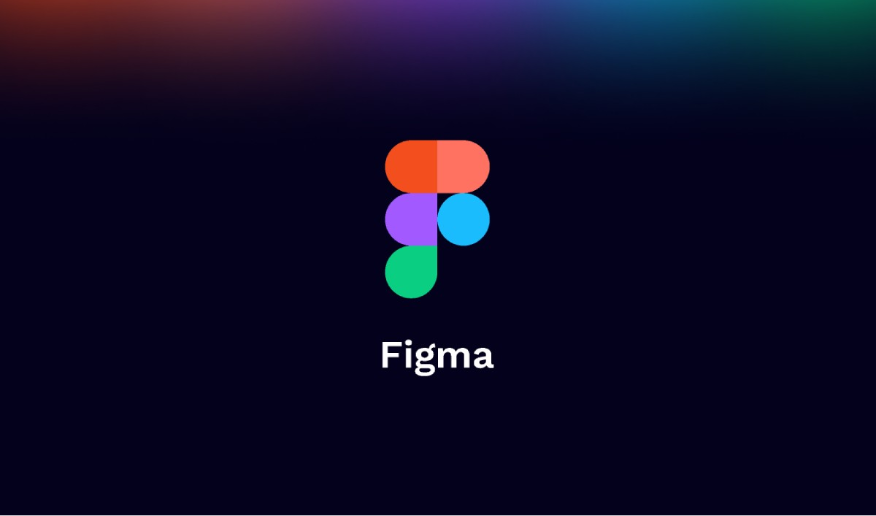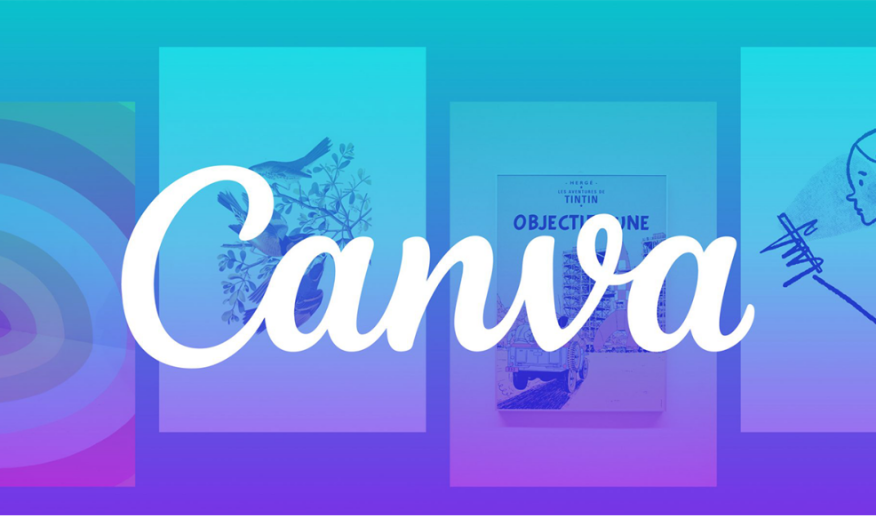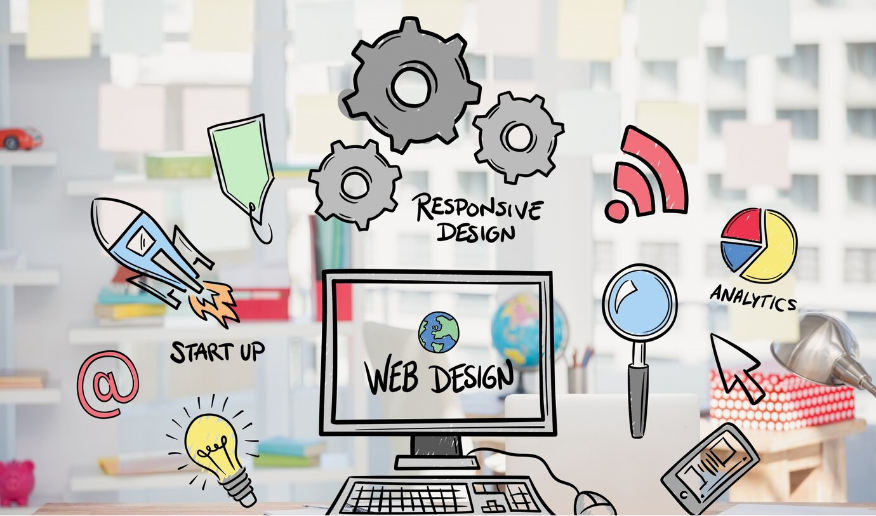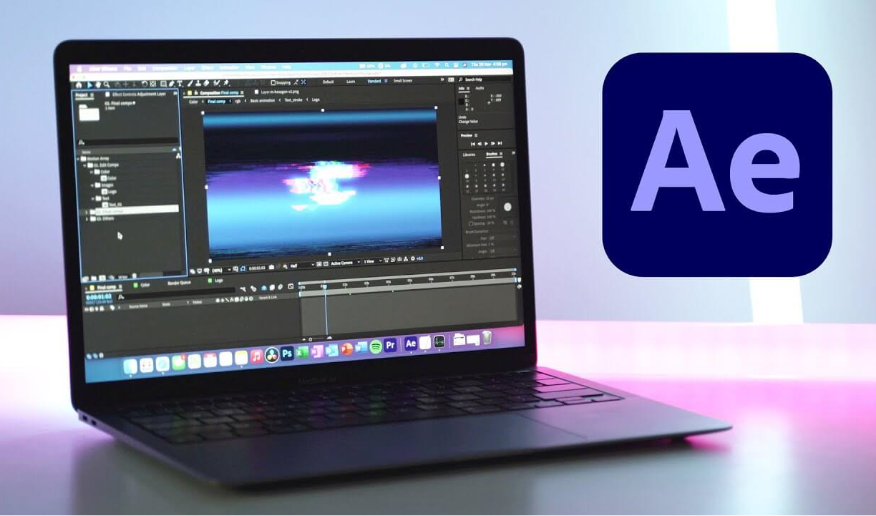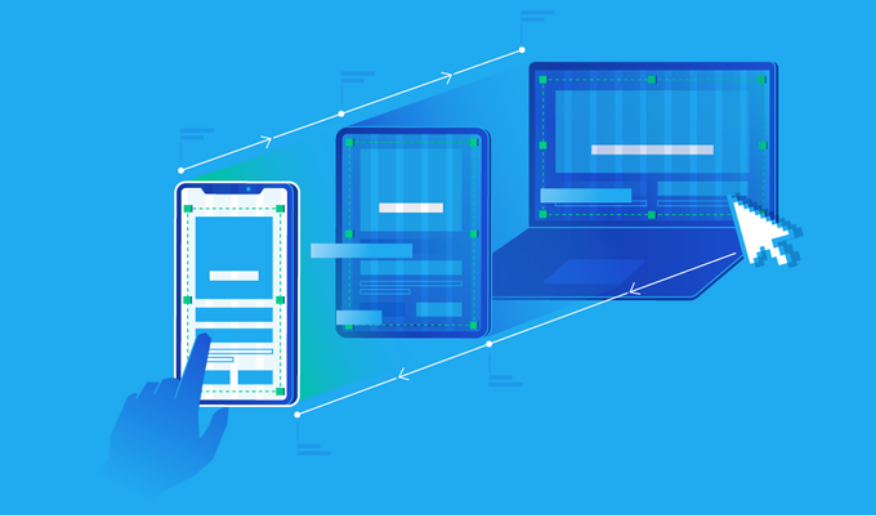

Top 10 Web Design Tools for 2024
This article offers a comprehensive guide to the top ten web design tools for 2024, aiming to assist designers in selecting the most suitable tools for their projects. These tools have been carefully curated based on their effectiveness, user-friendliness, and innovative features that streamline the web design process. Whether you're a novice or a seasoned professional, there's something for everyone in this selection.
Advanced Image Editors: Tools like Adobe Photoshop and Sketch provide robust features for manipulating images, creating stunning graphics, and optimizing visual content for the web.
Intuitive Website Builders: Platforms such as Wix, Squarespace, and WordPress offer drag-and-drop interfaces, customizable templates, and built-in functionalities, enabling users to create professional websites without coding expertise.
Responsive Design Testing Tools: With devices of various screen sizes accessing websites, tools like BrowserStack and Responsive Design Checker facilitate testing across multiple devices and resolutions to ensure a seamless user experience.
Interactive Prototyping Software: Applications like Adobe XD and Figma allow designers to create interactive prototypes, simulate user interactions, and gather feedback early in the design process, resulting in more refined and user-centric designs.
User Interface Design Tools: Tools such as Sketch and Figma offer extensive libraries of UI components, robust typography tools, and seamless collaboration features, empowering designers to create visually appealing and intuitive user interfaces.
Code Editors and IDEs: For designers who prefer to hand-code their designs, code editors like Visual Studio Code and Sublime Text provide syntax highlighting, code completion, and version control integration, enhancing productivity and code quality.
Animation Tools: Tools like Adobe Animate and CSS animation libraries enable designers to add engaging animations and transitions to their websites, enhancing user engagement and visual appeal.
Color Scheme Generators: Tools such as Coolors and Adobe Color assist designers in creating harmonious color schemes, ensuring visual consistency and aesthetic appeal across the website.
Typography Tools: Platforms like Google Fonts and Adobe Typekit offer extensive font libraries, typography pairing suggestions, and customizable text styles, allowing designers to enhance readability and visual hierarchy in their designs.
Collaboration Platforms: Tools like Figma and InVision facilitate seamless collaboration among designers, developers, and stakeholders through features like real-time editing, commenting, and version history tracking, fostering efficient workflows and communication.
By exploring the unique features and benefits of these top ten web design tools, designers can elevate their design process, create visually stunning websites, and deliver exceptional user experiences. Whether you're a freelancer, an agency, or an in-house design team, incorporating these tools into your workflow can significantly enhance your productivity and creativity.

